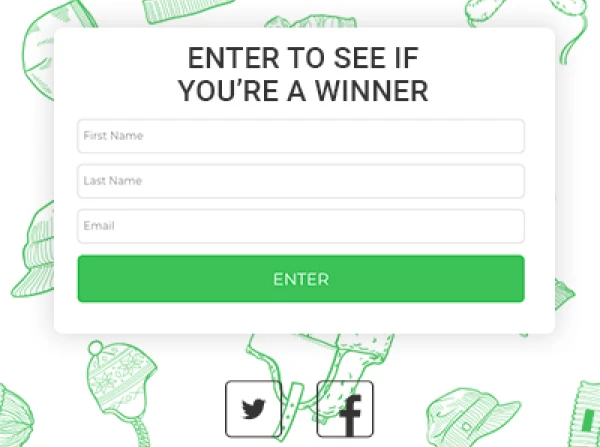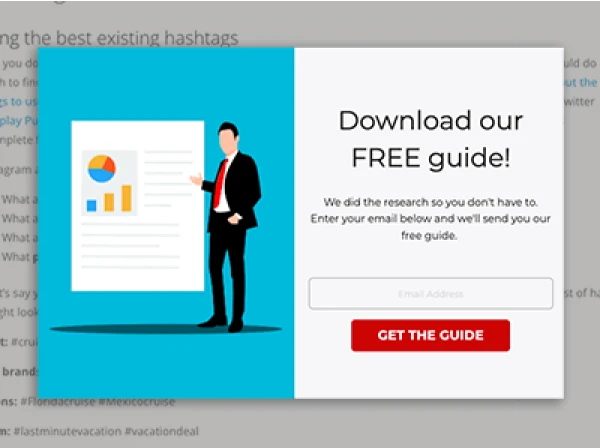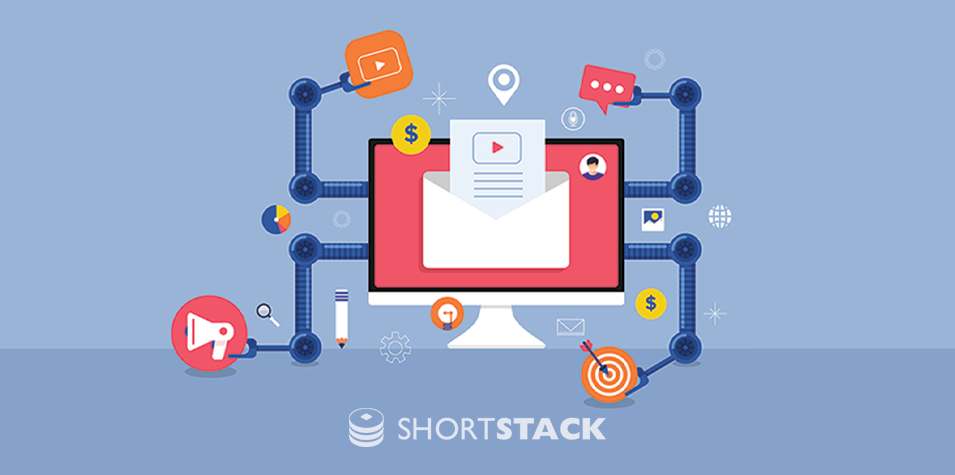12 Reasons Your Brand Should Be Using User-Generated Content (UGC) Infographic
This content explores the impact of user-generated content (UGC) on brands, highlighting its authenticity, influence on consumer decisions, and benefits in various industries. It also compares UGC to traditional ads and discusses its role in boosting social media engagement. The content concludes by recommending contest software like ShortStack for creating successful UGC campaigns.
Brands versed in using user-generated content are cashing in on mind-blowing success. This infographic explores the reasons why UGC is so impactful, and how it enables businesses to rake in loads of leads, engagement and ultimately customer conversions. If you’re new to the concept of UGC, the folks at Hootsuite wrote a great definition for the term. They define UGC as “any content – text, videos, images, reviews, etc. – created by people, rather than brands.” It’s as simple as that! By enlisting the help of your customers, followers, and brand loyalists, you can collect authentic content and use it to further market your business. Without further ado, let’s explore how and why UGC is so impactful.
Why is UGC important?
Content created by real people, even when prompted by a contest, campaign, or challenge, fosters trust. This is because user-generated content is authentic, and authenticity resonates with consumers. In fact, 90% of consumers say authenticity is important when deciding which brands they like and support. When compared to other forms of marketing, UGC still comes out on top. 79% of consumers say UGC impacts their purchasing decisions, whereas only 13% believe branded content has the same impact. Even less impactful is influencer-created content at 8%. These numbers prove just how important it is to incorporate authentic content, that is, content created by real people as opposed to influencers or ad agencies, into their marketing.
UGC by Industry
Some industries are able to utilize UGC better than others. For example, the travel industry, restaurants, retailers, and those in the health and beauty industry find that their customers post about their experiences more than customers of other types of businesses. In other words, if businesses in these industries aren’t using UGC, they’re really missing out. In fact, the percentage of consumers willing to post about a positive experience is high. Here are the numbers by industry: Health and Beauty - 65%Dining out - 85%Clothing & Accessories - 71%Travel - 89%(Source)If these consumers are already posting about their positive experiences, why not seize the opportunity to utilize their content? However, a barrier to utilizing customer content is obtaining the rights to it. It’s essential to get permission from the content owner before using it in a repost or in any form of marketing. On the bright side, there are rights management tools that make the logistics of obtaining permission a bit easier. Additionally, when it comes to rights management, 51% of consumers say that they would be happy to grant permission to a business looking to re-use their content.
UGC vs. Traditional Ads
When it comes to comparing UGC to traditional ads, there’s no contest. As I mentioned before, UGC influences 79% of consumers’ purchasing decisions compared to 13% influenced by branded content. There are other stats that prove UGC’s superiority as well. When looking at engagement, UGC content garnered 73% more positive comments on social networks than ads. Boosting engagement is one thing but fostering that amount of positive engagement is even better. And when it comes to brand awareness, UGC beats traditional ads in this department too. Thirty-one percent of consumers say advertisements that feature UGC content are more memorable than traditional ads.
UGC and Social Media
Just as UGC can be a boon for your advertising efforts, it can also boost your social media presence. In fact, social media campaigns that incorporate UGC see a 50% lift in engagement. When looking at a few famous UGC campaigns that utilized social media, the proof is in the pudding. Take, for example, Coca-Cola’s famous ‘Share a Coke’ campaign. Not only were they able to collect 500,000 posts using the #shareacoke hashtag, but they also earned 25 million new followers. That’s some serious success! A unique campaign hosted by T-Mobile asked participants to write a break-up letter to their current provider. Each participant who submitted a break-up letter and made the switch to T-Mobile received coverage for any fees incurred from breaking the contract with their old provider. T-Mobile collected 80,000 break-up letters. If each one of those letters translated to a new T-Mobile customer, that’s a whole lot of added revenue. To read more about these famous UGC examples and see a few more, check out this article by WebFX.
Ready to Build a UGC Campaign of Your Own?
Convinced? To see some of this success for your own business, kicking off a UGC campaign is a great place to start, but first, you’ll need the right tools to help you get the job done. Enlist the help of contest software that offers the ability to collect, manage, and obtain rights for the content you collect. ShortStack is an example of contest software that is built with UGC campaigns in mind. With dozens of templates to start from, a social import tool, hashtag feed feature, vote collection, and so much more, you’ll have everything you need to build, launch and host a campaign right at your fingertips. To learn more about UGC campaigns and Rights Management, check out our free guide.

About the author
Jessica Miller-McNatt has been with ShortStack for over a decade and has served in every role from Marketing Team Lead to Customer Success. Her journey in martech continues to fuel her fascination for what drives growth. Jessica's favorite weekends are spent in the North Georgia mountains, chasing waterfalls and exploring with her family.
Recent posts
Go back to blogGet marketing tips straight to your inbox
Launch an irresistible giveaway. Get started for free.
Join 630.000+ marketers that are boosting engagement and sales.













